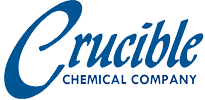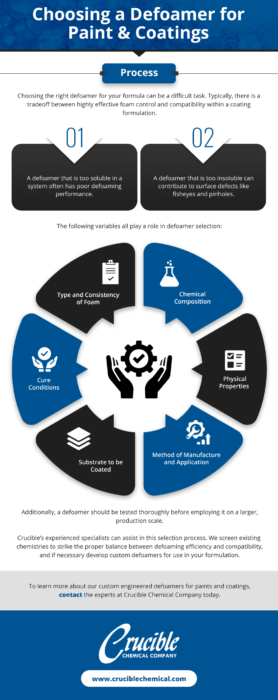In paint and coatings, foam creates problems at nearly every turn – from manufacturing to final application. Foam and entrained air can be introduced into a coating by agitation during pigment/polymer grinding, let-down and packaging, by shear during application or even through a porous substrate. This foam is inherently stabilized by components of the coating itself such as dispersants, wetting agents and thickeners.
During production, unchecked foam can result in tank overflows, decreased batch yields, production delays, pump cavitation, and ultimately poor product quality. Perhaps more importantly, foam can contribute to defects at the point of application, such as fisheyes, pin holes, and orange peel in the dried films.
Foam control agents play a major role in paint and coating formulations. These additives can be classified as defoamers, antifoams or air release agents. Although these terms are often used interchangeably, “defoamer” is generally used as the standard term. Particularly in paints and coatings, defoamer selection must be carefully considered to effectively balance defoaming efficiency and coating compatibility.
At Crucible Chemical Company, we have over 50 years of experience developing highly effective foam control agents for industrial use, including a wide range of paint and coating formulations. Our portfolio of defoamers includes oil-based and synthetic non-silicone, silicone and organo-silicone defoamers.


